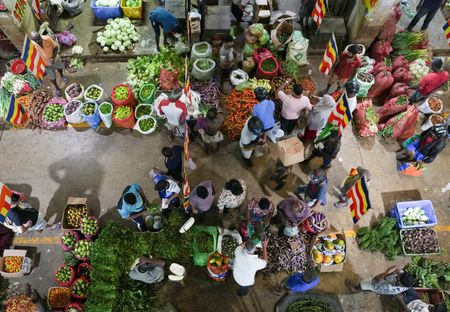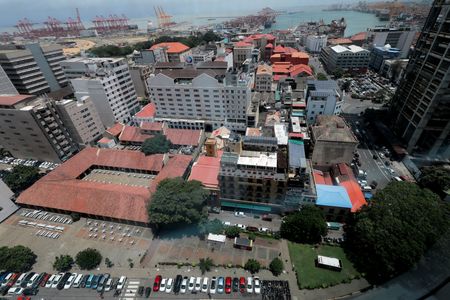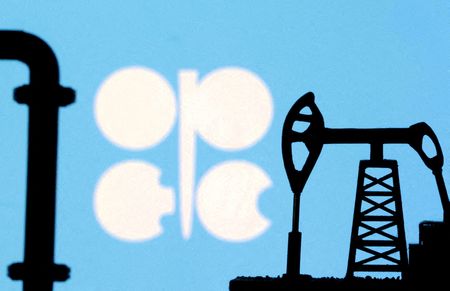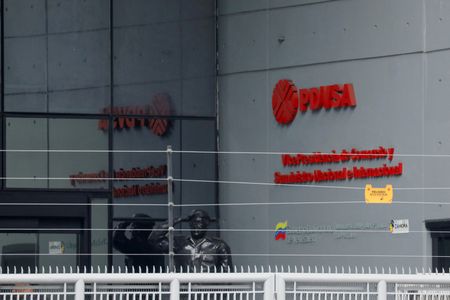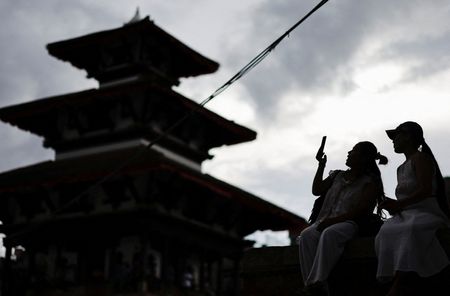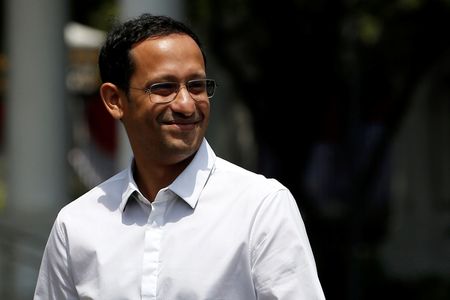By Uditha Jayasinghe
COLOMBO (Reuters) – Sri Lanka’s new President Anura Kumara Dissanayake will present his first budget on Monday to outline how the island nation plans to strengthen its recovery from a financial crisis.
The budget is seen as crucial for Dissanayake’s attempts to cement a sustainable economic recovery after Sri Lanka plunged into its worst financial crisis in decades three years ago, sending inflation soaring, its currency into freefall, and forcing it to default on $25 billion of debt.
ELECTION PROMISES
Dissanayake swept into power last year promising income tax cuts, more welfare, and support to local businesses hardest hit by the crisis.
But he now faces the challenge of balancing those pledges with fiscal targets set under a $2.9 billion, four-year International Monetary Fund (IMF) bailout program, which is at the core of Sri Lanka’s recovery.
IMF TARGETS
Under its agreement with the IMF, Sri Lanka has to trim its budget deficit to 5.2% in 2025 from a target of 7.6% last year, increase public revenue, and post a primary surplus of 2.3% of GDP to stay within the global lender’s requirements.
The government is widely expected to miss the 2024 budget deficit target, largely due to sluggish economic activity and restrictions on high taxable imports such as cars.
Sri Lanka will likely have to impose fresh taxes and realign expenditures to increase its public revenue from the 13.1% of GDP target for 2024 to 15.1% of GDP set by the IMF for 2025, analysts said.
Sri Lanka is awaiting approval from the IMF’s executive board to release about $333 million as the fourth tranche of the IMF bailout, which is contingent on the budget.
Sri Lanka’s economy is expected to have grown by 5% in 2024, according to the latest central bank data, after contracting 2.3% in 2023. The World Bank estimates Sri Lanka will grow 3.5% this year.
BUDGET IMPACTS
Investors will also be looking for any plans on how to attract more foreign investment as the government tries to rebuild its reserves.
Despite the faster than expected recovery, Sri Lanka’s growth is expected to remain modest in the next two years as the island struggles to emerge from the scarring effects of the crisis and build reserves to be ready for debt repayments.
Poverty is expected to remain above 20% until 2026, according to World Bank estimates.
Dissanayake’s government has outlined plans to hold island-wide provincial council and local government elections this year.
(Reporting by Uditha Jayasinghe; Editing by Kim Coghill)

